Aviation safety is a critical concern for all pilots and air travelers. To ensure the highest levels of safety, pilots must be familiar with the PAVE acronym checklist. This checklist is designed to help pilots identify potential risks before taking off. This type of pilot acronym stands for Pilot in Command, Aircraft, enVironment, and External Pressures.
Each letter represents a different set of factors that can influence flight safety. By considering each factor in turn, pilots can make informed decisions about whether or not they should take off on their planned route and how best to navigate any hazards along the way.
Through this approach, we can work towards eliminating aviation-related accidents due to pilot error or other external pressures.
Contents
- What is the PAVE Personal Minimums Checklist for Aviation Pilots?
- PAVE Acronym Meaning
- PAVE Aviation Letters Explained
- P – Pilot in Command
- A – Aircraft
- V – enVironment
- E – External Pressures
- Video: FAA Explains PAVE Checklist in Detail
- Frequently Asked Questions
- 1. What is the purpose of the PAVE Checklist?
- 2. How do I know when it’s appropriate to use the PAVE Checklist?
- 3. Are there any videos available that explain how to use the PAVE Checklist?
- 4. Is PAVE really that important?
- 5. Why are there so many acronyms?
- 6. Is PAVE checklist the same as IMSAFE checklist?
- 7. What should I consider when using the PAVE Checklist?
- Summary
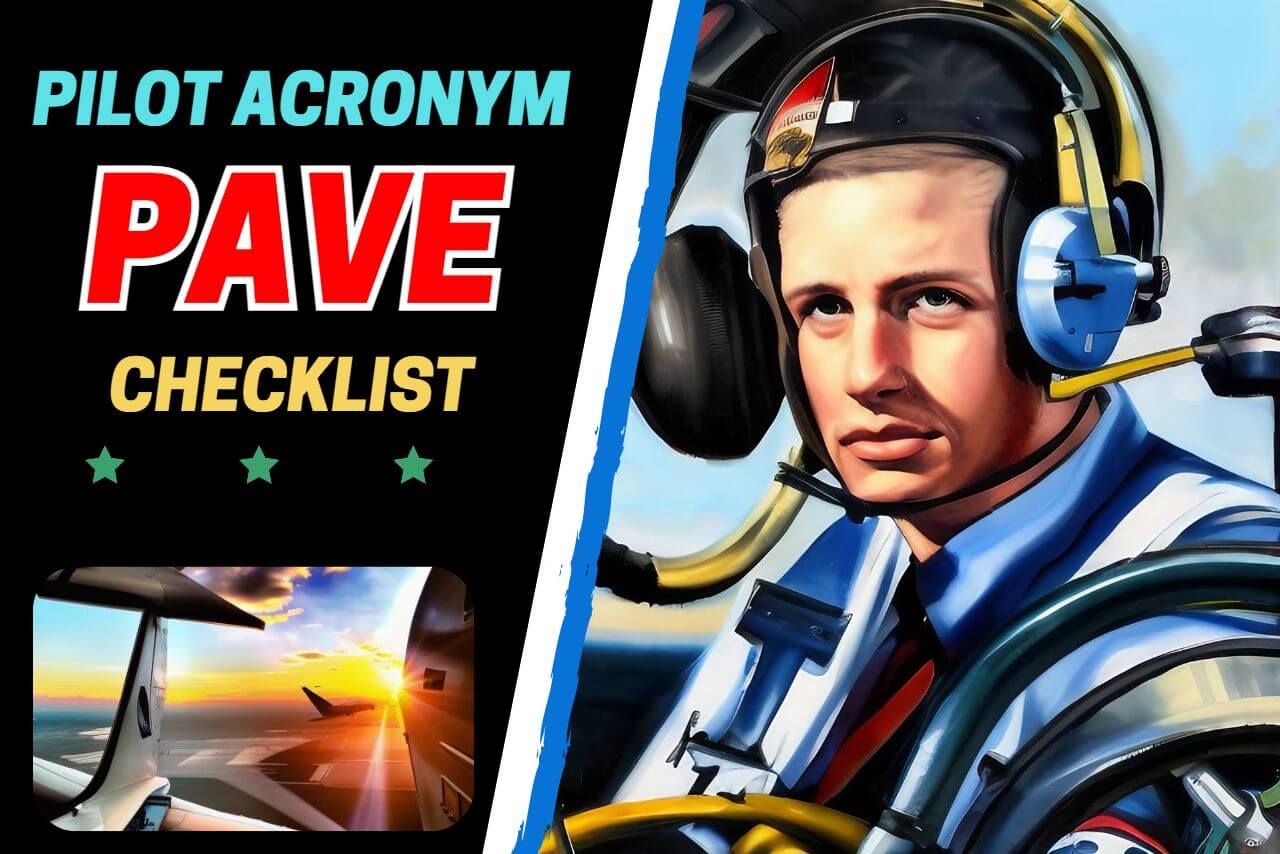
What is the PAVE Personal Minimums Checklist for Aviation Pilots?
The PAVE checklist is a preflight risk management tool used by pilots to help them assess the risks associated with any given flight. The acronym stands for “Pilots, Aircraft, Environment, and External Pressures.”
It helps ensure that all of these factors are assessed before any flight takes place, helping the pilot make informed decisions about whether the conditions are right for that particular flight.
The PAVE Checklist is an essential part of aviation safety and can help prevent costly accidents or incidents.
By following this checklist and taking into account all of the relevant factors in a given flight situation, pilots can assess their own abilities and limitations, as well as those of the aircraft they will be flying and external pressures that might impact the safety of their flight.
PAVE Acronym Meaning
- P – Pilot in Command
- A – Aircraft
- V – enVironment
- E – External Pressures
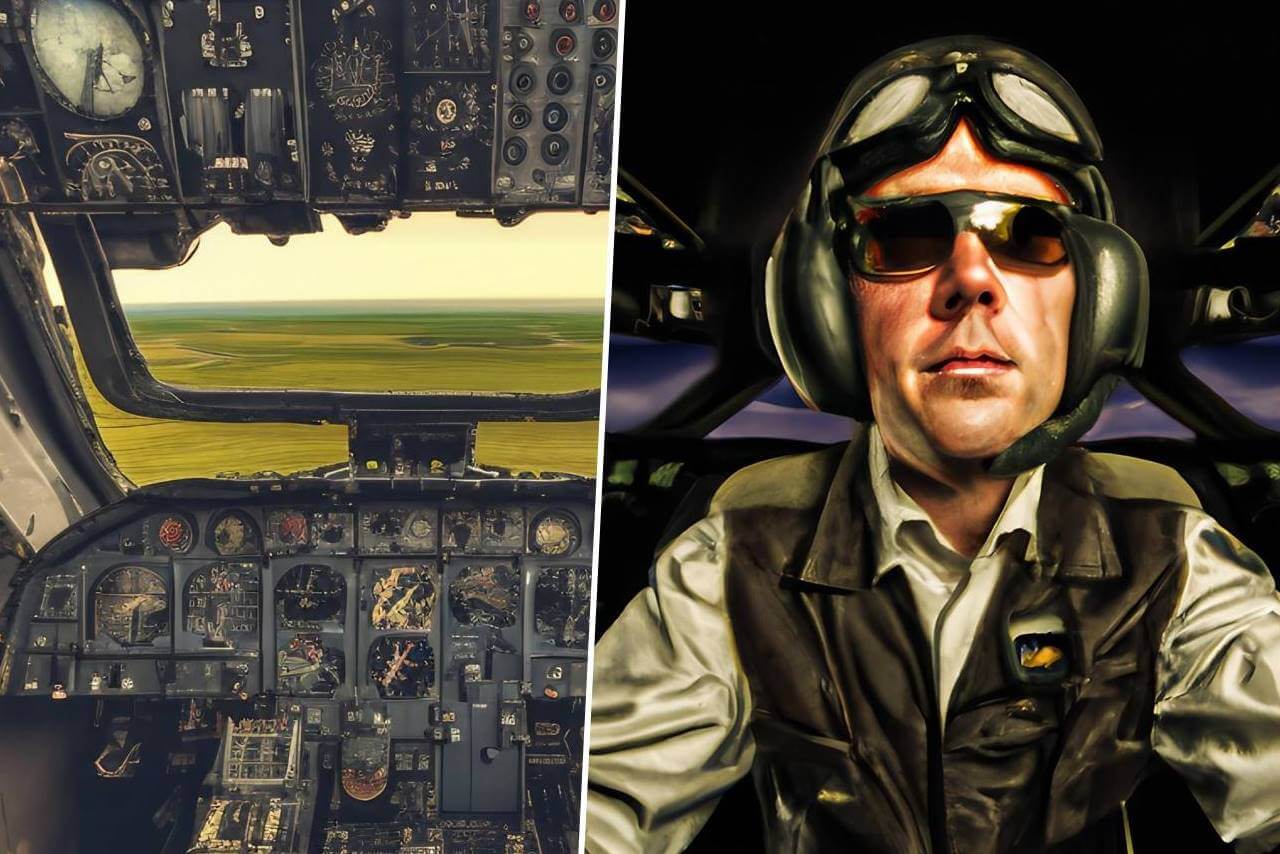
PAVE Aviation Letters Explained
Now that you have an idea about the PAVE acronym, let’s take a closer look at what each of these aviation letters means in the context of preflight risk management.
After all, it’s good to understand the acronyms associated with aviation especially when it comes to your safety and risks.
P – Pilot in Command
The first and most important part of the PAVE checklist is assessing your own ability as a pilot. Have you gone through the IMSAFE checklist to assess if you are fit to fly? You must have confidence in your skills and knowledge to be able to make sound decisions when it comes to flight safety. This includes having an understanding of different weather patterns, air traffic control regulations, emergency procedures, and other important topics related to flying.
Prior to boarding any flight, it is prudent to look into the credentials of your pilot. Do they possess valid certifications? Are their medical and proficiency evaluations current? Is he/she trained and equipped with the necessary skillset for a safe journey?
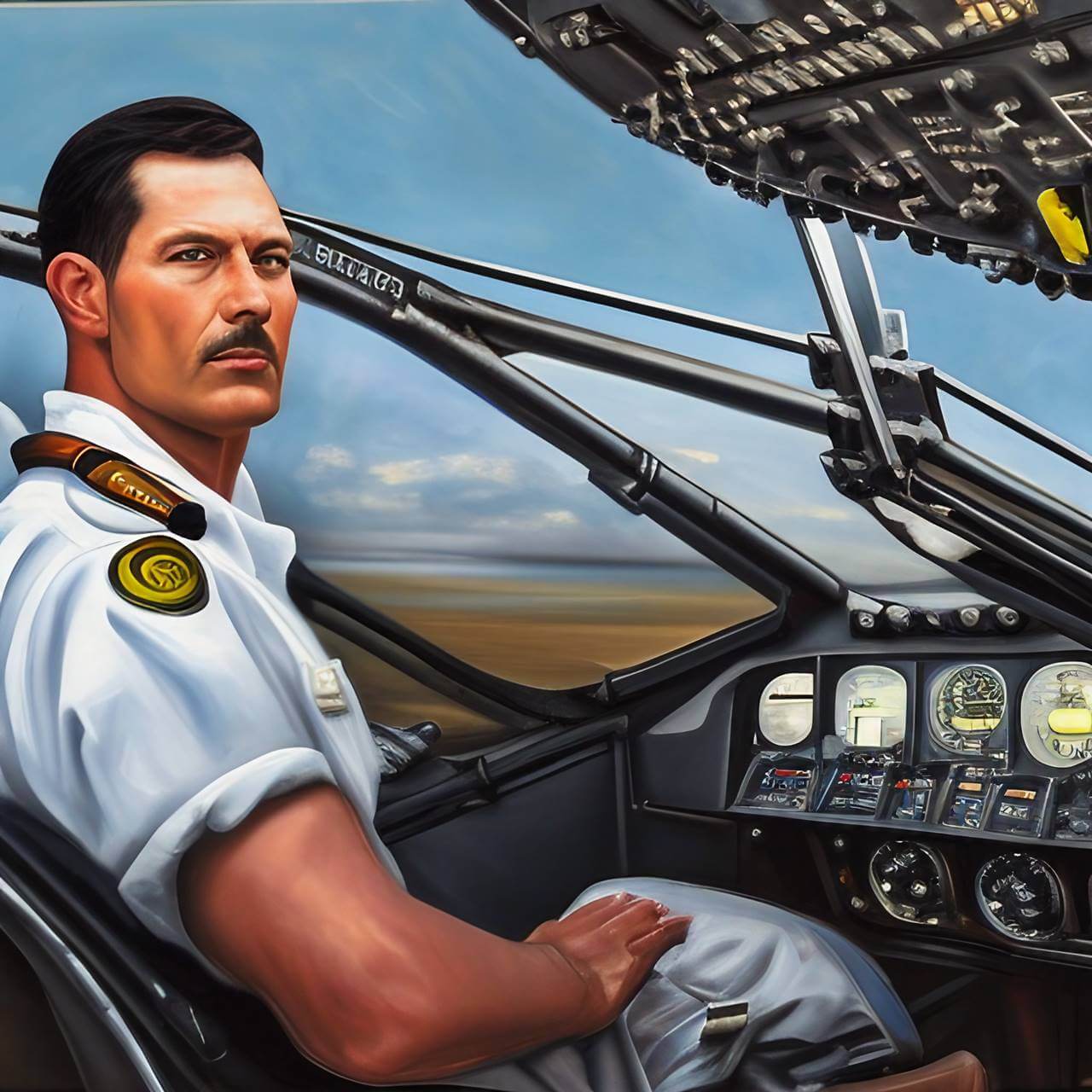
A – Aircraft
Then do the same thing for the aircraft. As a pilot, you must also ensure that the aircraft you will be flying is properly maintained and capable of completing the planned route safely. This includes checking for any mechanical issues or problems with fuel levels, engine performance, and navigation systems. Follow ATOMATOFLAMES and FLAPS inspection and the AV1ATES inspection checklists.
Aside from these, make sure to inspect the exterior and interior of the plane before takeoff to identify any potential risks that could affect safety during your flight.
Can the aircraft make the flight? Have all of its necessary maintenance and inspections been carried out? Is there enough fuel on board to complete the mission, plus reserves? Does it stay within weight and balance limits?
V – enVironment
Next comes enVironment. The environment in which you are flying can have an effect on your ability to complete a safe flight. Factors such as weather, air pressure, wind speed, visibility and temperature should all be taken into consideration before taking off.
Pilots need to be aware of other environmental elements to consider such as terrain, applicable NOTAMs, and night flying.When skies are filled with stormy squall lines, it’s best to pass on the plane ride and make a proactive choice that could save you from potential peril.
Is the wind and weather suitable for piloting and aircraft? Are there any alternative destinations that could be viable options? Are we traversing mountains, over bodies of water or in darkness during this flight?
E – External Pressures
External pressures are those factors which are outside the pilot’s control. A pilot may be motivated to make riskier decisions due to external pressures, such as needing to arrive at a business meeting on time or attempting to impress an acquaintance.
Reaching one’s personal ambitions and having someone waiting for them at their destination airport can place extra stress on the individual in the cockpit. It is advantageous that pilots identify these particular motivations and take necessary steps when flying so they don’t put themselves and those onboard into precarious scenarios.
Does the pilot experience any demanding pressure from home or work? Would passengers force them to make rash decisions during flight by insisting on an inflexible timeline?
Ultimately, by following the PAVE checklist, pilots are able to make sound decisions about their own abilities and limitations, as well as those of the aircraft they will be flying and environmental factors which could impact safety during their flight. By taking all of these elements into account prior to takeoff, pilots can ensure successful and safe
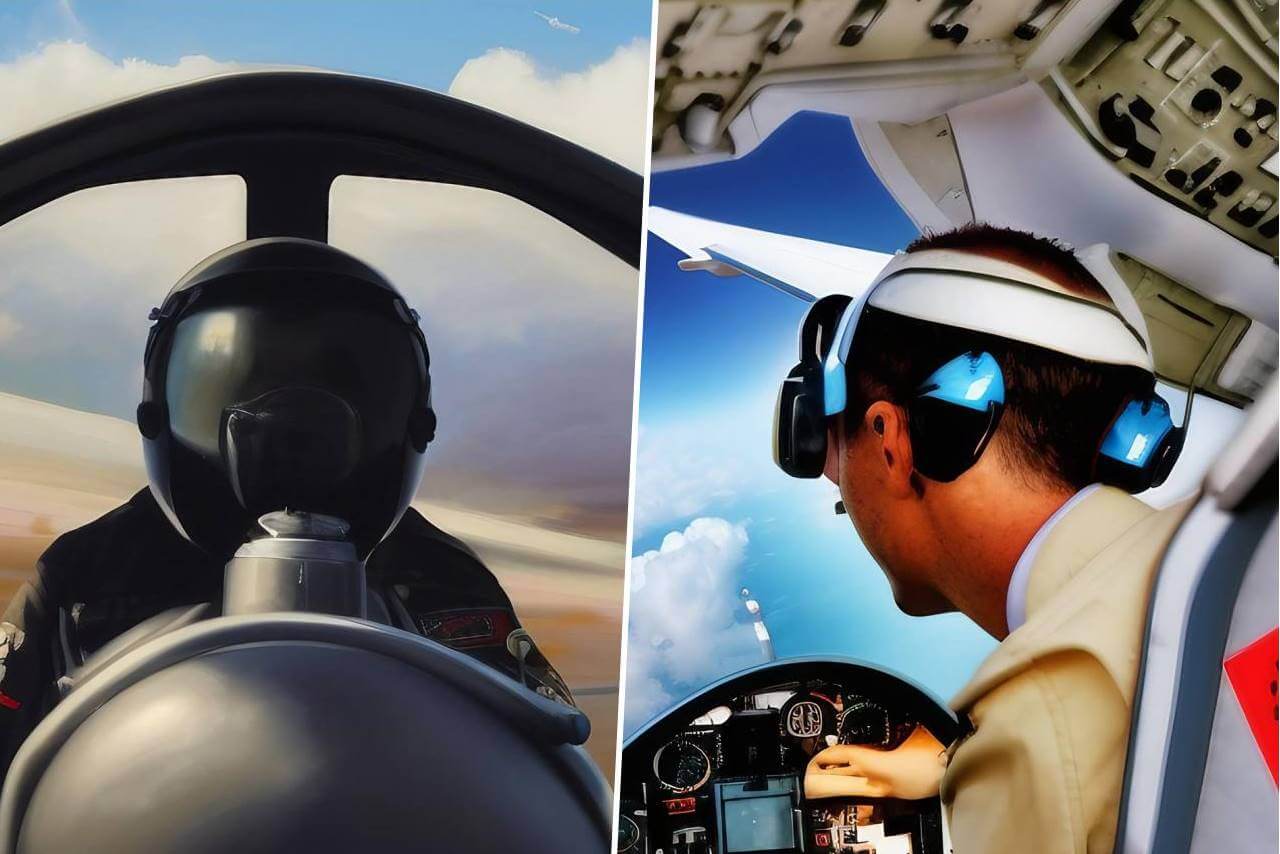
Video: FAA Explains PAVE Checklist in Detail
Check out the video below which features the Federal Aviation Administration (FAA) and explains the PAVE acronym and the process behind using the checklist. This video provides a great visual of how to use the PAVE acronym, as well as an understanding of why it is important for pilots to utilize this tool before every flight.
It’s quite a short video but a very helpful one for pilots looking to understand the importance and practical usage of the PAVE acronym.
Frequently Asked Questions
1. What is the purpose of the PAVE Checklist?
The PAVE checklist is designed to help pilots assess their readiness for a flight. It covers four main areas which are Personnel/Pilot, Aircraft, Environment and External Pressures. By considering each of these factors before taking off, pilots can ensure that they have the ability to complete a safe and successful flight.
2. How do I know when it’s appropriate to use the PAVE Checklist?
A2: The FAA recommends that pilots use the PAVE checklist prior to every flight, regardless of its duration or complexity. This will allow them to assess their own capabilities and those of the aircraft in relation to environmental and external pressures which could affect safety during their journey.
3. Are there any videos available that explain how to use the PAVE Checklist?
Yes! There is a great video available from Federal Aviation Administration (FAA) that explains the PAVE acronym and the process behind using it.

4. Is PAVE really that important?
Absolutely. Using the PAVE checklist before every flight helps pilots make sound decisions and can prevent potentially hazardous scenarios. It is a critical tool for pilots to utilize in order to ensure safety.
5. Why are there so many acronyms?
Acronyms often make it easier to remember important points and concepts. In the case of aviation, acronyms such as PAVE are essential for pilots in order to understand the factors involved in pre-flight planning and assessment. This is the reality as a plane is a different vehicle with a unique set of rules. That’s why there’s a flight school for student pilots and theory training prior to flying.
6. Is PAVE checklist the same as IMSAFE checklist?
No, the PAVE checklist and IMSAFE checklist are two separate checklists used to assess readiness for a flight. The PAVE acronym covers four main areas which are Personnel/Pilot, Aircraft, Environment and External Pressures while IMSAFE is short for Illness, Medication, Stress, Alcohol, Fatigue & Emotion. Both checklists provide pilots with the necessary tools to ensure their own safety as well as that of their passengers before they begin a journey. IMSAFE can fall under the P letter in the PAVE checklist.
7. What should I consider when using the PAVE Checklist?
When using the PAVE checklist it is important to consider your own capabilities in relation to each of the four elements covered by the acronym. You have to be honest in assessing your abilities as a pilot, the conditions of the aircraft you will be flying, any environment or external pressures that could have an impact on your journey and finally if all of these elements come together to provide a safe and successful flight.
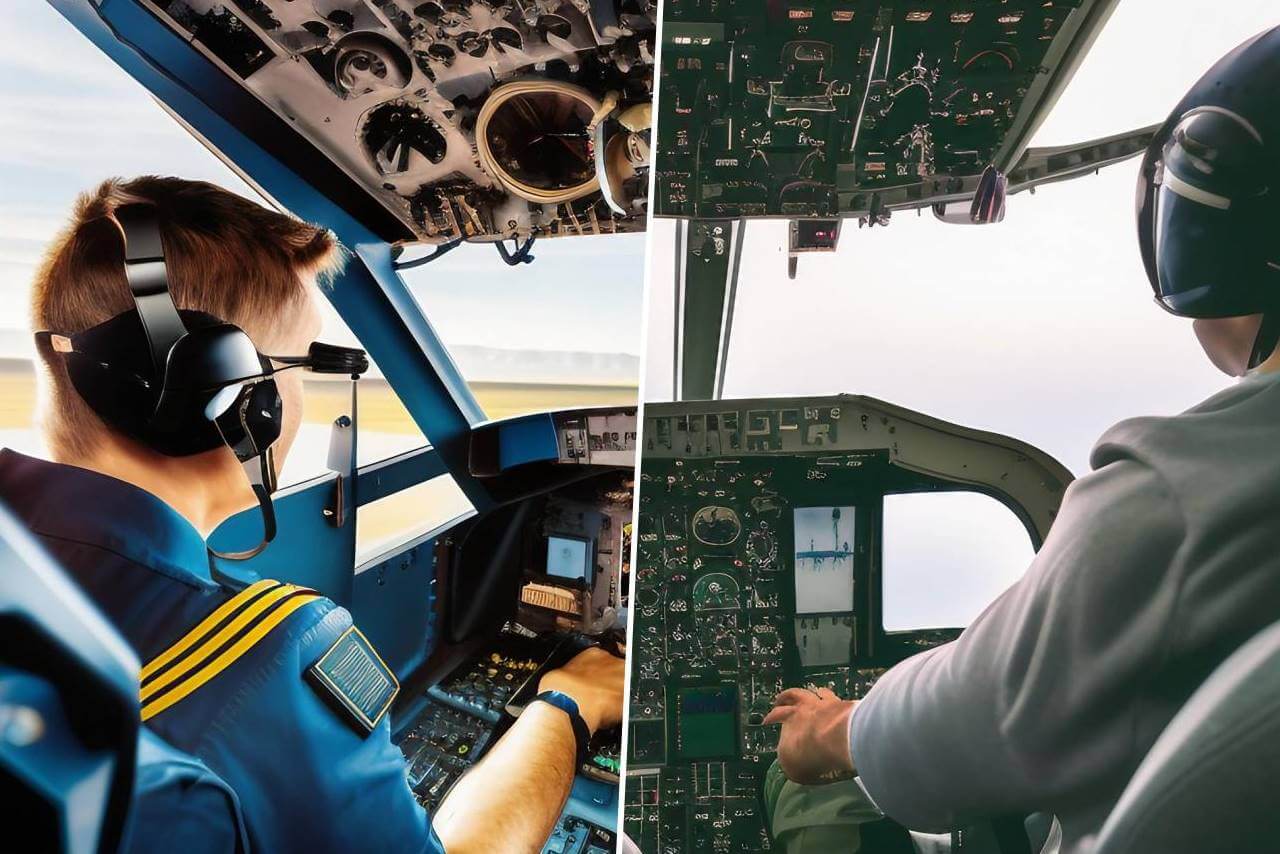
Summary
PAVE is an invaluable resource for newbies and experienced pilots alike! Not only is the checklist easy to remember, but it’s also incredibly straightforward.
It ensures that all flights are executed safely and within FAA regulations. Utilizing this checklist helps reduce risks associated with aviation and protect everyone involved in flight operations from potential danger or accidents. By following these simple steps, a pilot can enjoy flying with the peace of mind knowing that they have done